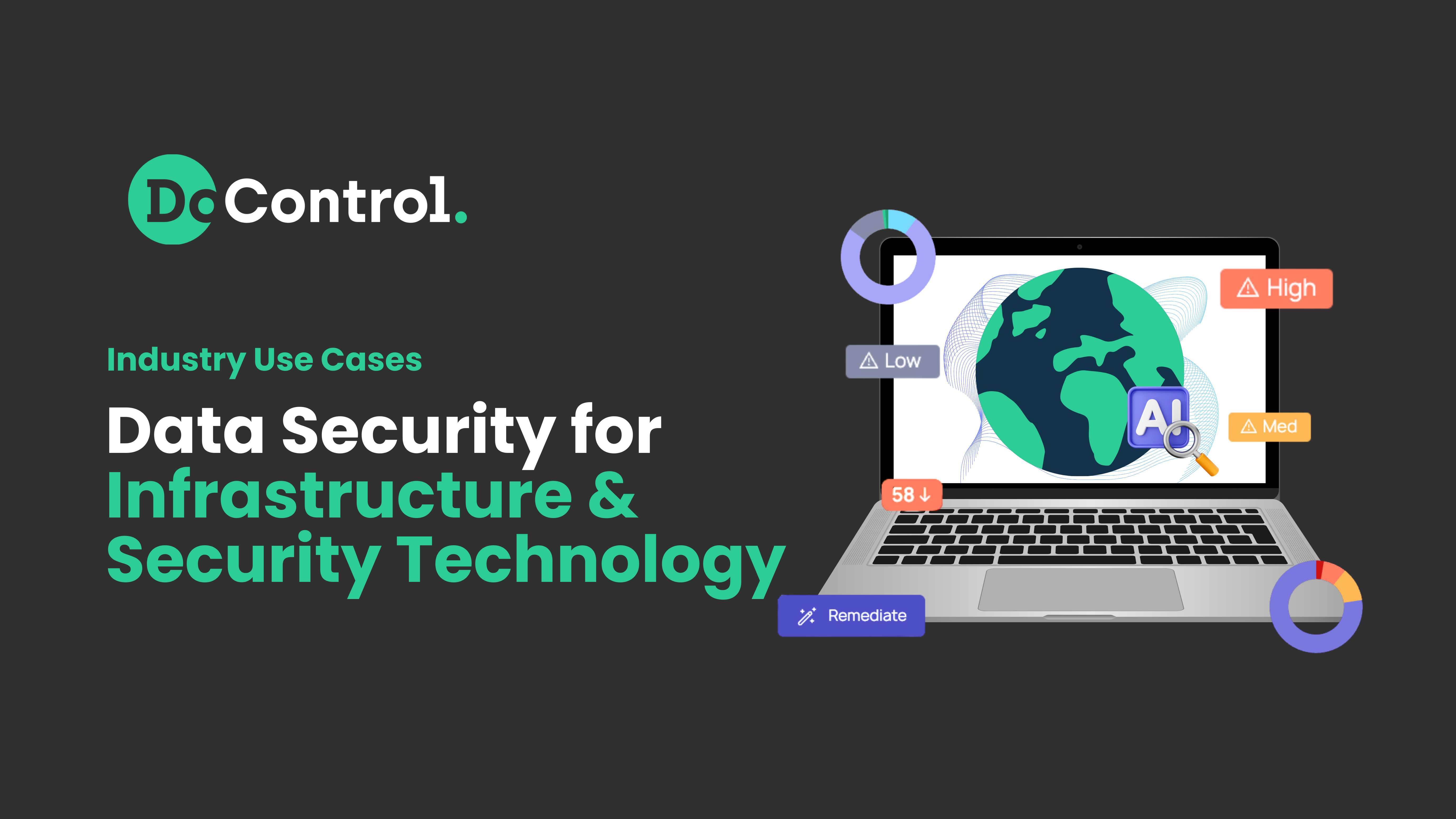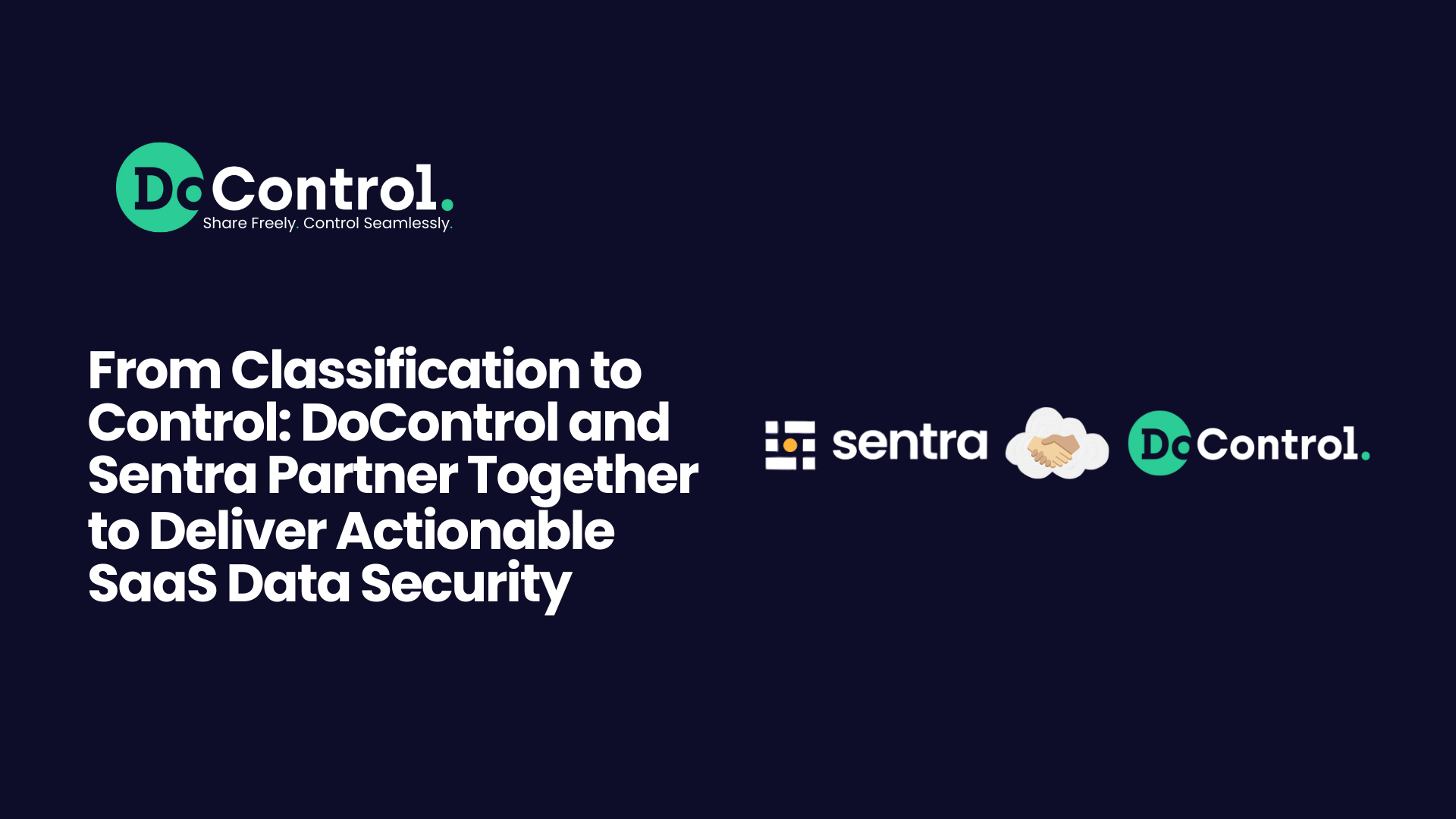
As organizations and individuals grapple with the complex challenges of data management and security, delving into data protection vs data security consideration is essential. Especially for organizations aiming to build robust defense strategies and ensure the confidentiality and integrity of data in an era defined by the relentless flow of information.
While these terms are occasionally used interchangeably, they each bear unique attributes and serve specific roles in data management and cybersecurity.
Data Protection vs Data Security: An Overview
Before we delve into the intricate details of data protection and data security, it's essential to grasp the overarching differences between the two. These distinctions play a significant role in shaping data management strategies.
Data protection and data security may often be used interchangeably, but they have different primary focuses. The first one primarily centers on ensuring the privacy, integrity, and confidentiality of data. In contrast, data security takes a broader view and encompasses protecting data from various potential threats.
Emphasizing When and How to Employ Each
The choice between data protection and data security depends on specific needs and potential threats an organization faces.
Data protection should be employed when confidentiality and data integrity are paramount, often in scenarios where sensitive information, such as personal or financial data, needs to be safeguarded.
Data security is a broader approach, suitable in scenarios where data faces multifaceted threats, including cyberattacks, unauthorized access, and physical damage. It’s crucial in environments where data faces constant external threats or where comprehensive data protection needs to be extended beyond confidentiality to include measures against potential attacks.
Understanding the nuances and employing the right strategy in the right context is vital for effective data management and cybersecurity.
Data Protection Essentials: What You Need to Know
Data protection is a fundamental aspect of modern information management, encompassing practices and measures to safeguard sensitive data from unauthorized access, alteration, or disclosure. Its primary objectives revolve around ensuring data privacy, integrity, and confidentiality.
Data Protection Measures:
- Encryption: Data encryption is the practice of transforming data into a format that is unreadable without the appropriate decryption key. This is a cornerstone of data protection, making it extremely difficult for unauthorized parties to decipher sensitive information.
- Access Controls: Strict access controls are implemented to determine who can access and modify specific data. By assigning specific privileges to authorized users, data remains protected from unauthorized access or alteration.
- Privacy Policies: Clear and well-defined privacy policies govern the collection, processing, and storage of sensitive data within organizations. These policies set the rules for how data should be handled and are essential for ensuring compliance with data protection laws and regulations.
The Basics of Data Security
Data security serves as the guardian of sensitive data, protecting it from unauthorized access, alteration, or disclosure. This extends beyond digital data to include physical records, ensuring that information remains secure across all mediums.
Organizations face a growing array of threats, including cyberattacks, data breaches, and unauthorized access. During 2022, breaches caused by stolen or compromised credentials cost an average of $4.50 million. Data security ensures that data remains protected against these ever-evolving threats, maintaining the trust of clients, partners, and stakeholders.
Common Data Security Methods and Technologies
Data security uses various methods and technologies to create a comprehensive defense strategy. These include:
- Firewalls: Network firewalls act as gatekeepers, monitoring and filtering incoming and outgoing traffic. By implementing strict rules and policies, firewalls play a crucial role in preventing unauthorized access and the transmission of malicious data.
- Antivirus Software: Regularly updated programs help detect and remove malware, viruses, and other malicious software. These tools serve as a frontline defense against threats that could compromise data security.
- Intrusion Detection Systems (IDS): IDS are designed to identify and alert to suspicious activities or potential security breaches within a network. These systems actively monitor network traffic, looking for signs of unauthorized access or malicious intent.
- Secure Authentication: Implementing strong authentication methods, such as multi-factor authentication, ensures that only authorized individuals can access sensitive data.
- Data Backup and Recovery: Regular data backups are essential for recovering information in the event of data loss or damage.
Compliance and Legal Aspects
Legal Implications and Regulations Associated with Data Protection
According to UNCTAD, 137 out of 194 countries have implemented legislation to secure the protection of data and privacy, marking significant progress in safeguarding sensitive information across the world.
Data protection goes hand in hand with adherence to stringent legal frameworks. Laws like the General Data Protection Regulation (GDPR) in Europe and the Health Insurance Portability and Accountability Act (HIPAA) in the United States establish standards for protecting individuals' personal information.
These regulations require organizations to be transparent about how they collect, process, and store data, and implement safeguards to ensure data privacy and integrity.
Legal Requirements for Data Security
Highly regulated industries, such as healthcare and finance, impose even more rigorous legal requirements. Data security becomes paramount in such sectors, with specific rules dictating how data should be safeguarded. Compliance often entails implementing robust security measures and regular assessments to ensure data remains invulnerable to unauthorized access.
Non-compliance with data protection and security regulations carries significant consequences. These may range from substantial fines and legal liabilities to damage to an organization's reputation. The fallout from non-compliance can have far-reaching repercussions, affecting not only the financial health of a company but also its trustworthiness in the eyes of clients, partners, and stakeholders.
Best Practices for Implementing Robust Data Protection and Data Security Strategies
In an era where data is the lifeblood of organizations, implementing these best practices into your data protection and security strategy ensures that your organization is prepared to face a wide range of threats and challenges.
Here are actionable steps that organizations can take to fortify their defenses.
1. Regular Updates: Keep all security measures and software up to date to stay ahead of evolving threats. This includes operating systems, antivirus software, and firewalls.
2. Employee Education: Train your staff on data protection and security best practices. This reduces the risk of internal breaches resulting from accidental actions.
3. Risk Assessment: Conduct regular risk assessments to identify vulnerabilities. Proactive identification and resolution of security weaknesses is key.
4. Data Backup and Recovery: Implement comprehensive data backup and recovery procedures to mitigate the risks of data loss due to accidents or cyberattacks.
5. Intrusion Detection: Utilize intrusion detection systems and monitoring to identify and respond to threats in real time.
Harmonizing Data Protection and Data Security
Data protection serves to preserve data integrity and confidentiality, preventing unauthorized access. In contrast, data security encompasses many measures to safeguard data from diverse threats. The integration of these two concepts is vital for holistic data management.
When evaluating data protection vs data security, it becomes clear that they are complementary components of a comprehensive data management and security strategy. Seamlessly blending both concepts is pivotal for establishing a resilient defense system in today's data-driven landscape.



